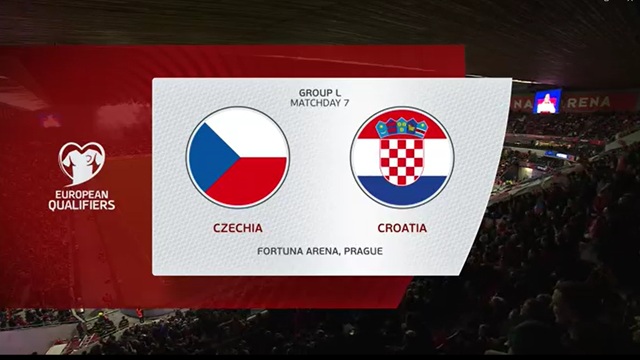Czechia vs Croatia: Comparing Two European Nations

Introduction
Czechia and Croatia are two prominent nations in Central and Southeast Europe, respectively. Each boasts a rich history, vibrant culture, and unique landscapes that attract millions of tourists each year. Understanding their differences and similarities can provide valuable insights into their identities and influences in the European context.
Geographical Overview
Czechia, also known as the Czech Republic, is landlocked and bordered by Germany, Poland, Austria, and Slovakia, covering approximately 78,865 square kilometres. The country features a diverse landscape of mountains, rivers, and historic cities such as Prague and Brno.
In contrast, Croatia is located along the Adriatic Sea and shares borders with Slovenia, Hungary, Serbia, and Bosnia and Herzegovina. Its total area is about 56,594 square kilometres, characterised by stunning coastlines, national parks, and cities like Dubrovnik and Zagreb.
Historical Background
The histories of Czechia and Croatia are deeply intertwined with the broader narratives of Europe. Czechia has a history that dates back to the Great Moravia in the 9th century, leading to significant influences from the Austro-Hungarian Empire. Meanwhile, Croatia’s history also reflects ties to the Austro-Hungarian and Byzantine empires, ultimately shaping a unique national identity that flourished after its independence from Yugoslavia in the early 1990s.
Cultural Differences
Both nations exhibit distinct cultural attributes. Czech culture is known for its significant contributions to literature, art, and music, with famous figures like Franz Kafka emerging from its vibrant intellectual scene. In contrast, Croatia’s cultural landscape is heavily influenced by its maritime heritage, and its folk traditions are celebrated through music, dance, and cuisine, with Mediterranean and Central European influences.
Economic Comparison
Czechia is considered one of the strongest economies in Central Europe, with a GDP per capita of about €38,000 as of 2022, emphasizing industries such as automotive, electronics, and technology. Croatia’s economy, while steadily growing with a GDP per capita of €15,000, heavily relies on tourism, accounting for around 20% of its GDP.
Conclusion
While Czechia and Croatia have unique attributes shaped by their geographical, historical, and cultural contexts, both nations also share common European roots. Understanding the complexities of Czechia vs Croatia not only enriches the appreciation of each country’s heritage but also enhances the overall perspective of the diverse European landscape. As both nations continue to develop economically and culturally, tracking their progress and interactions within the EU will be significant in understanding the European integration movement.








